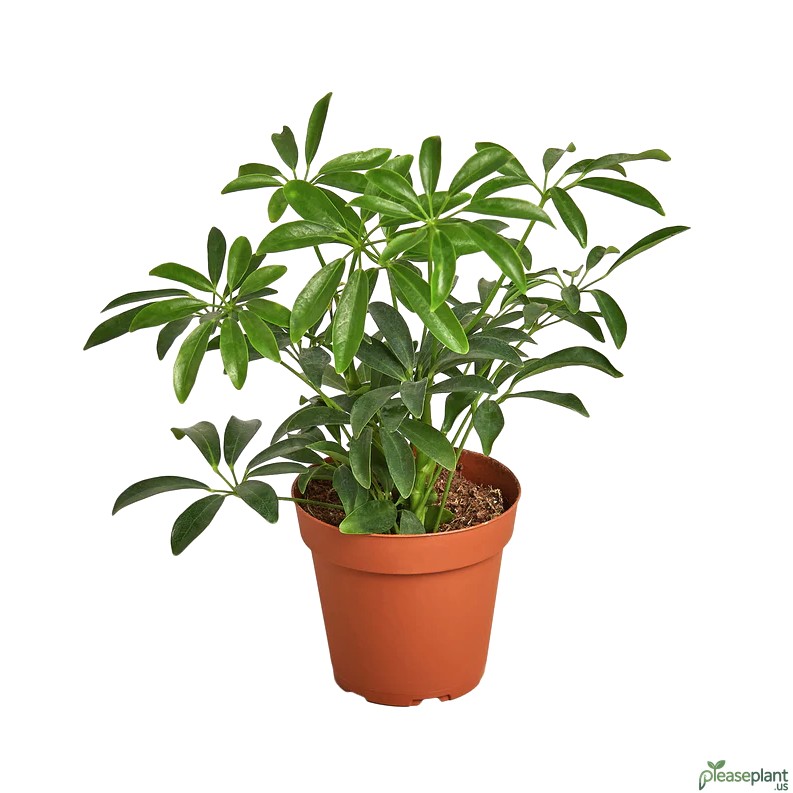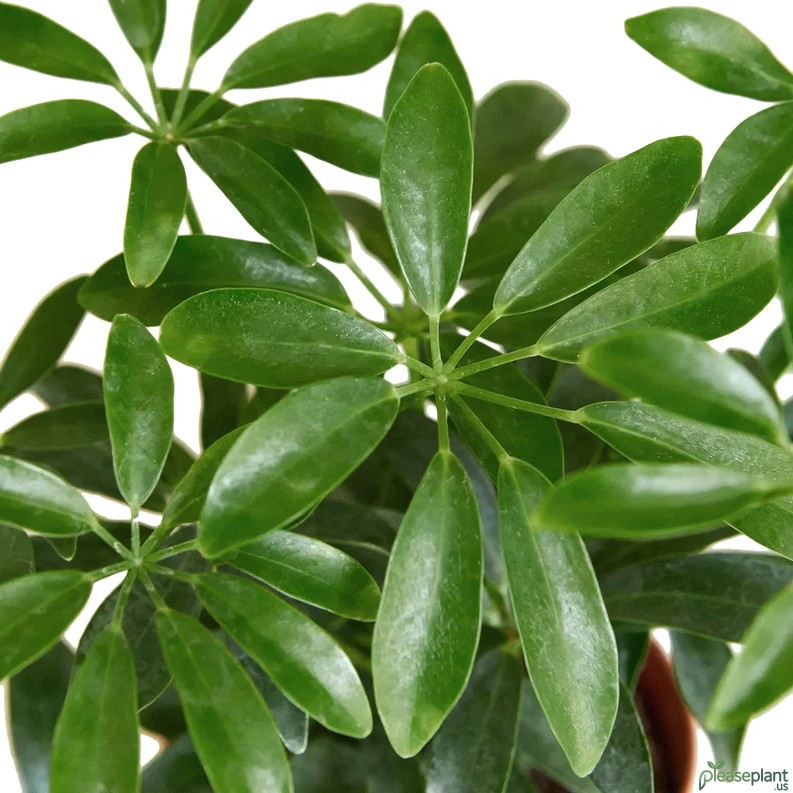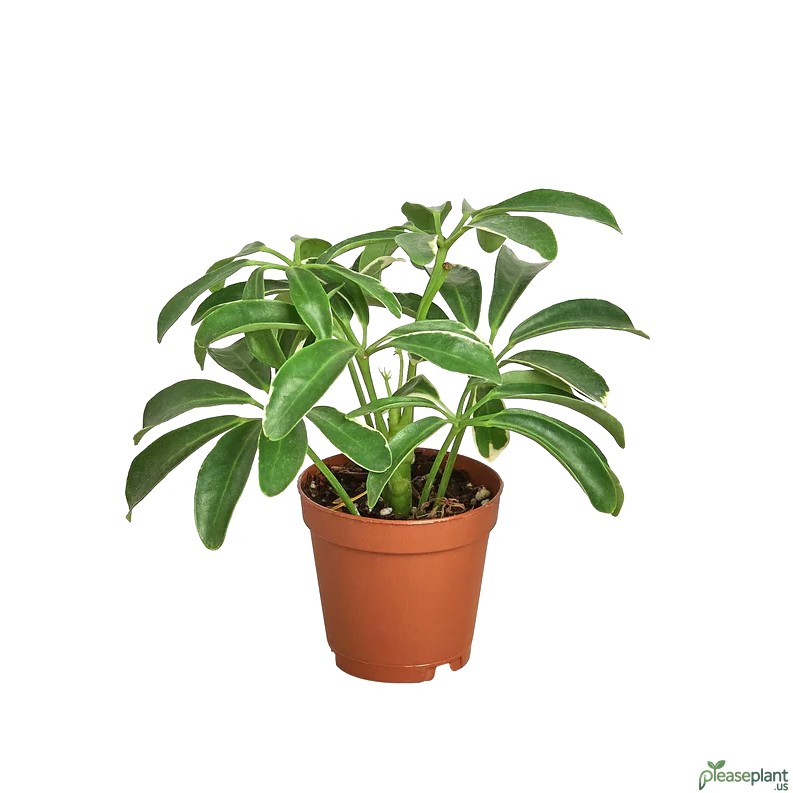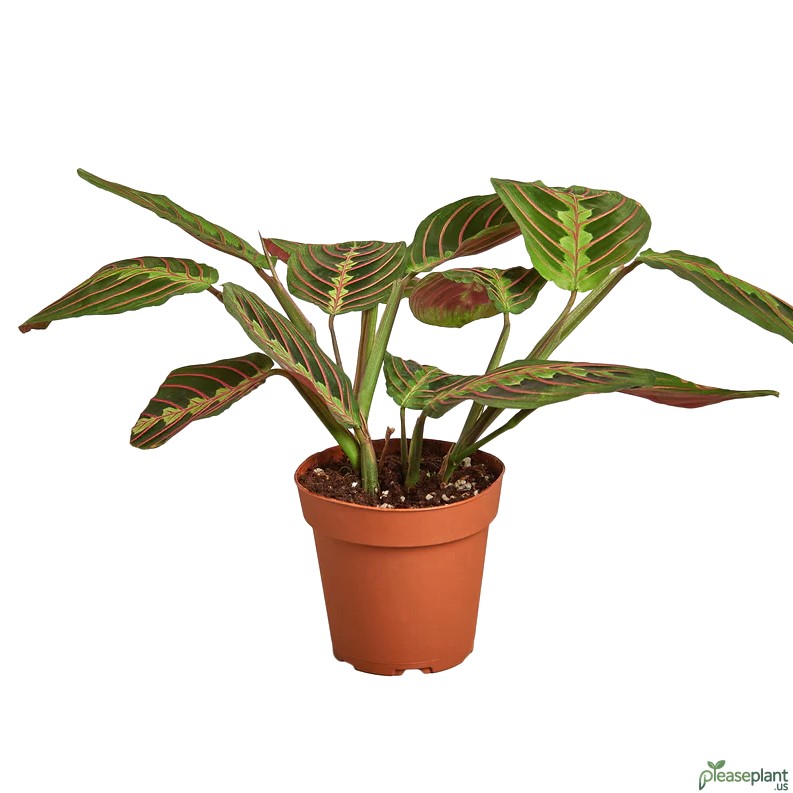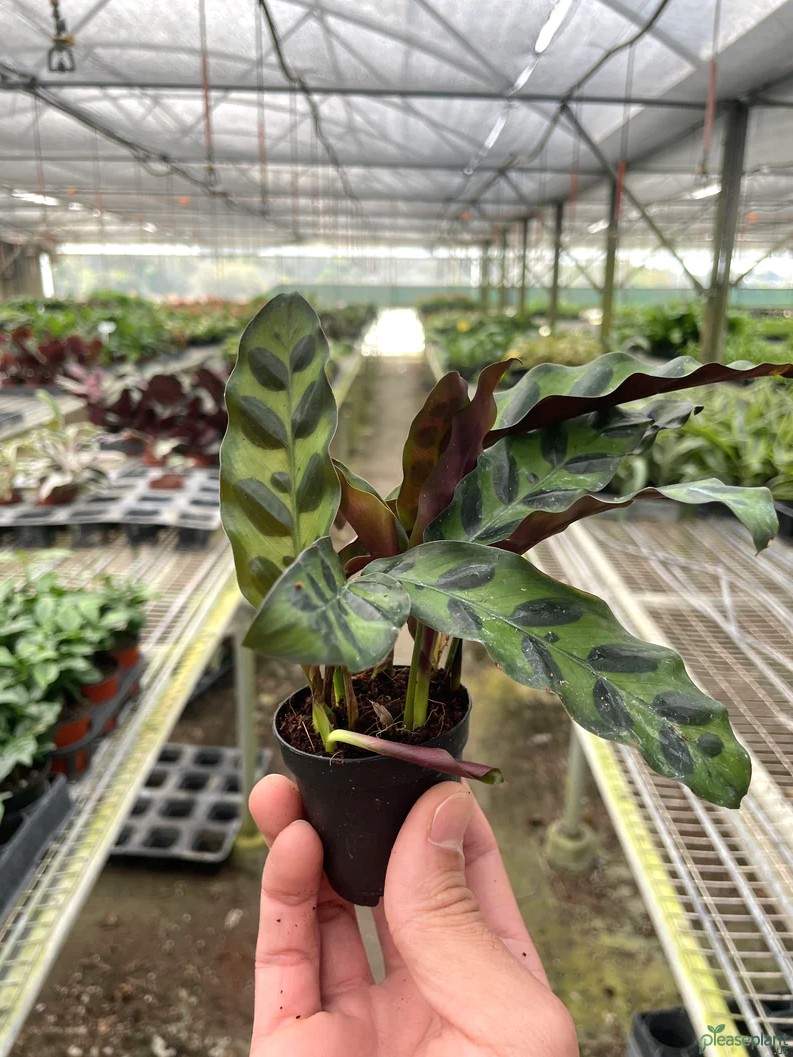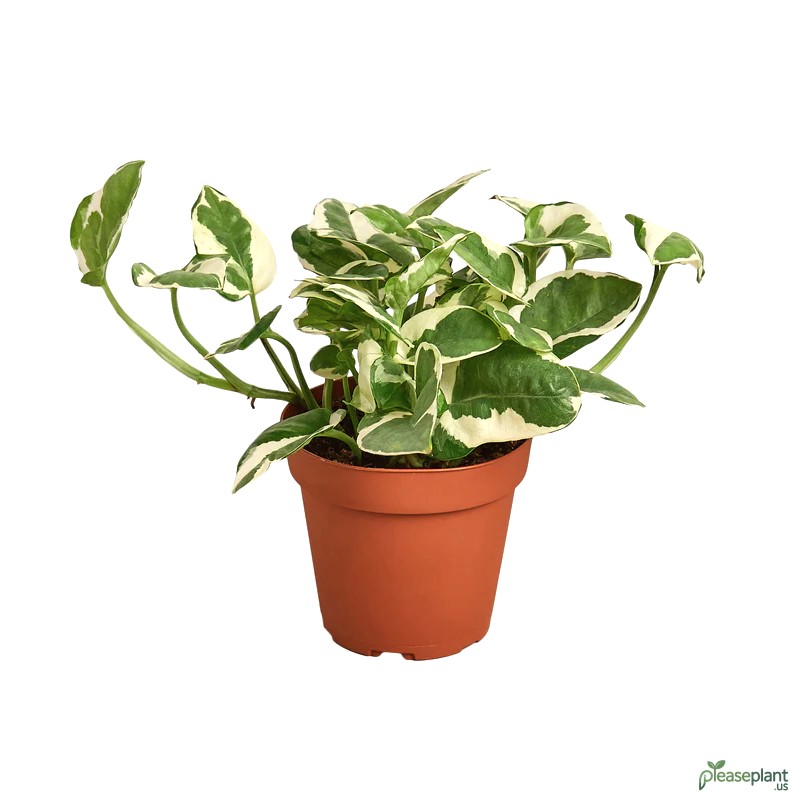Ever wondered if your beloved Schefflera Arboricola, commonly known as the Dwarf Umbrella Tree, is safe around pets? This plant’s popularity as an easy-to-care-for houseplant brings up concerns about pet safety. From my experience, these lush green beauties can be a mild hazard if your furry friends decide to munch on the leaves. But is it a real danger? Let’s dig in and see what precautions you might want to take to keep your pets safe and your green thumb happy.
Let Me Tell You About My Greenroom Buddy
The Schefflera Arboricola, or as most folks call it, the Dwarf Umbrella Tree, has been my trusty indoor plant for years. I loved how it sprouted bright green leaves that kinda looked like tiny umbrellas, perfect for a cozy corner in my living room. But then my curious cat, Milo, snuck a nibble on one of the leaves, and I got worried. Was this innocent green pal secretly a danger to my pet? Spoiler alert: It’s not all doom and gloom, but you better pay attention.
Is the Dwarf Umbrella Tree Toxic to Pets?
The short answer is yes, but with a catch. The Schefflera Arboricola contains mildly toxic compounds called saponins. When ingested by pets like cats and dogs, these can cause some nasty symptoms—think drooling, vomiting, or diarrhea. Nothing like a horror movie, but definitely enough to ruin your pet’s day. So if your dog or cat decides to treat the plant like a salad bar, you might have a few stressful hours ahead.
How Serious Is the Risk?
From my years of juggling plants and pets, I can tell you this: while the Dwarf Umbrella Tree is toxic, it’s rarely life-threatening. Most pets will feel unwell but recover fine after a vet visit. However, if your furry friend has a small body or a sensitive tummy, the effects could be worse. Also, keep in mind that the plant’s sap might irritate the skin or mouth, so even a little contact can cause discomfort.
Practical Tips to Keep Your Pets Safe
First, if you’re set on having a Schefflera Arboricola indoors, place it somewhere your pets can’t reach easily. High shelves, hanging baskets, or rooms closed off with baby gates work wonders. I tried putting mine on a tall plant stand, but my clever cat still managed to knock it over once—lesson learned, right?
Second, consider training your pets not to chew on plants. It’s easier said than done, but distraction with toys or treats helps. Also, sometimes pets eat plants out of boredom or nutritional deficiencies, so a quick vet check might uncover underlying causes.
Lastly, keep an eye out for symptoms like excessive drooling or vomiting, and don’t hesitate to call your vet if you suspect your pet has munched on the Dwarf Umbrella Tree’s leaves. Better safe than sorry!
Is There a Pet-Safe Alternative?
If the risk feels too high, there are plenty of pet-friendly plants that can fill your home with greenery without the worry. Spider plants, Boston ferns, or areca palms are some favorites. I swapped out a few toxic ones for these and noticed my pets were happier and my indoor jungle still looked lush.
Final Thoughts on Living with Schefflera and Pets
The Dwarf Umbrella Tree is a charming, low-maintenance plant that adds life to any space, but it demands respect when pets are around. It’s not a villain, but it’s not exactly a safe snack either. With a little care—strategic placement and a watchful eye—your pets and your plants can coexist peacefully. Just don’t be surprised if your curious furball gives your green friend a little love nibble now and then; it’s all part of the adventure in a pet-friendly home garden.

